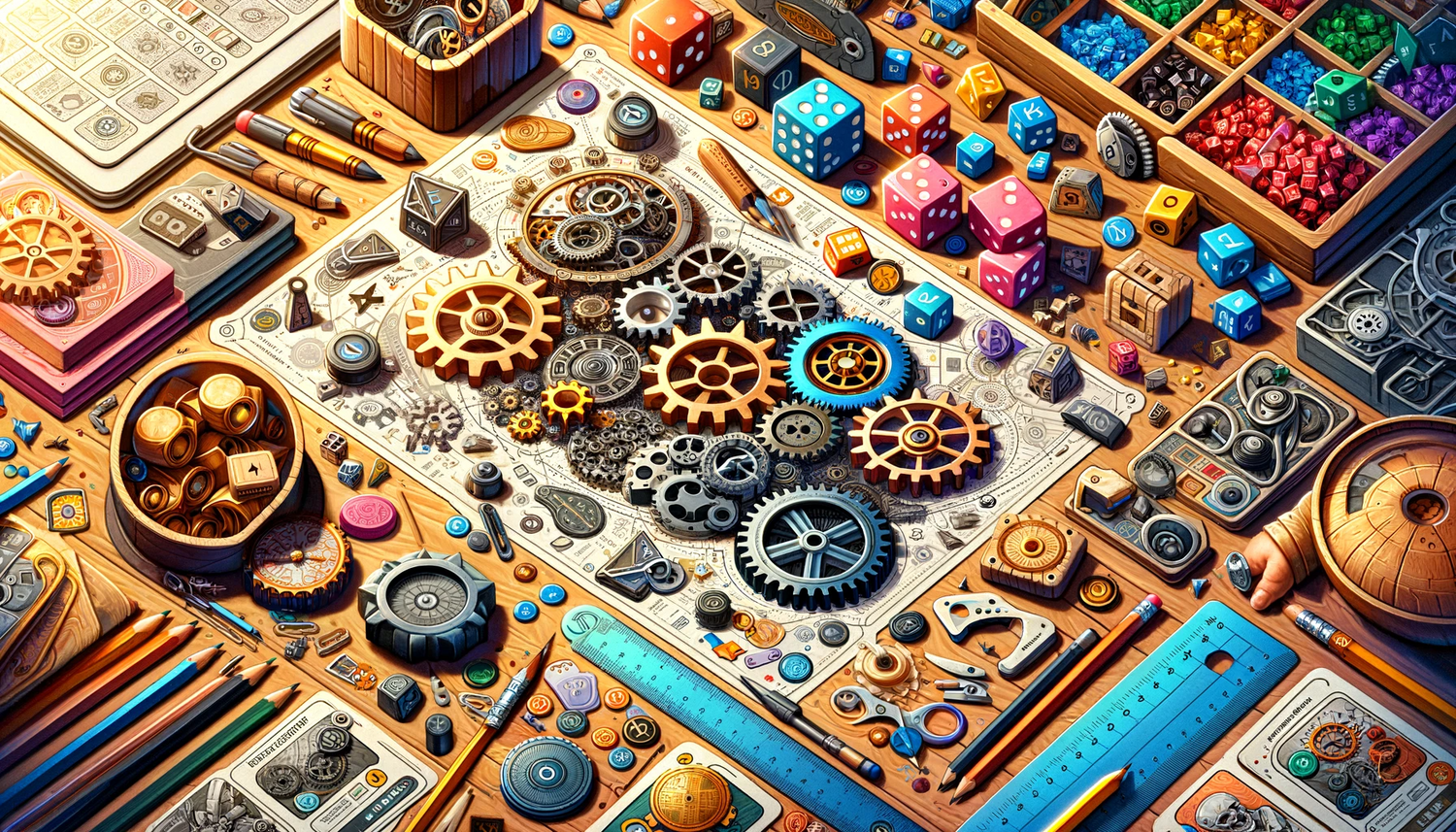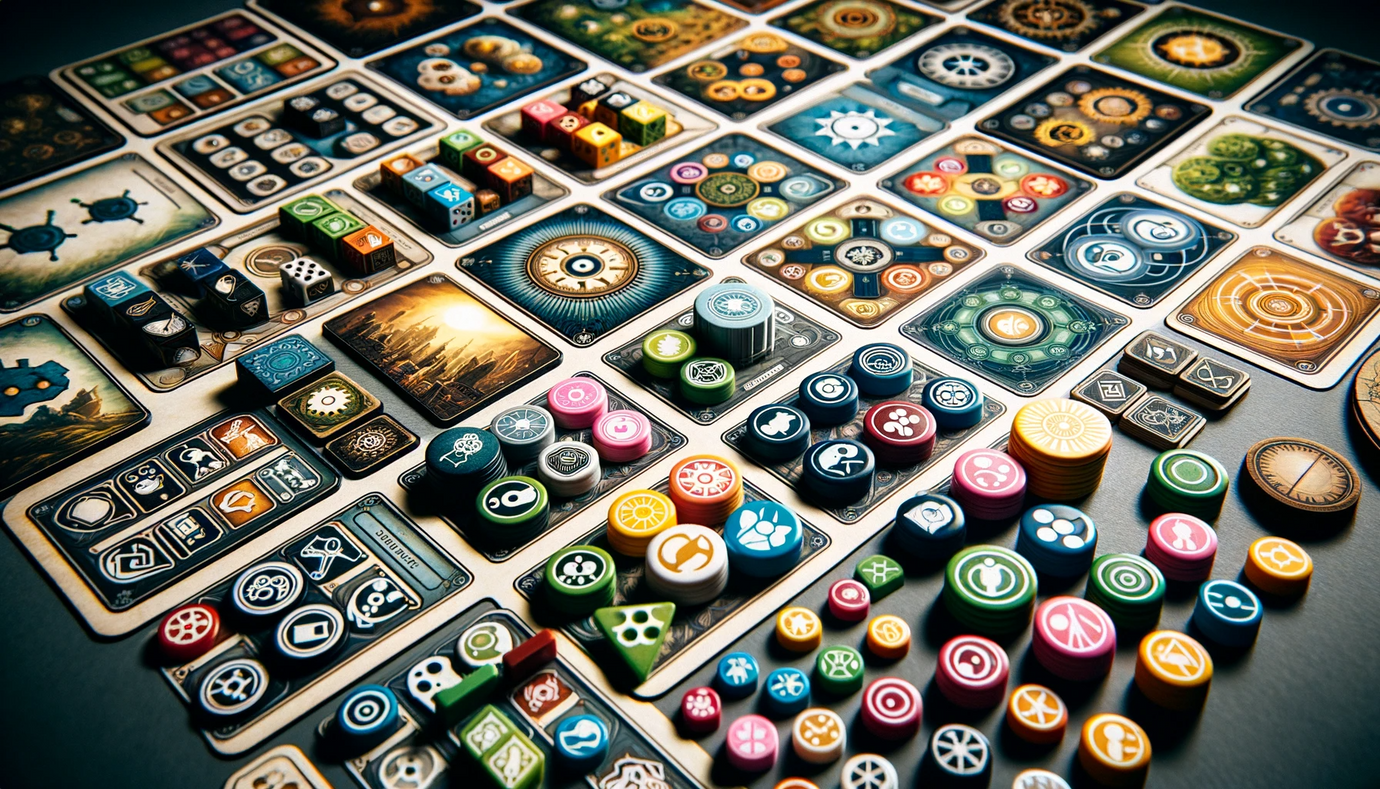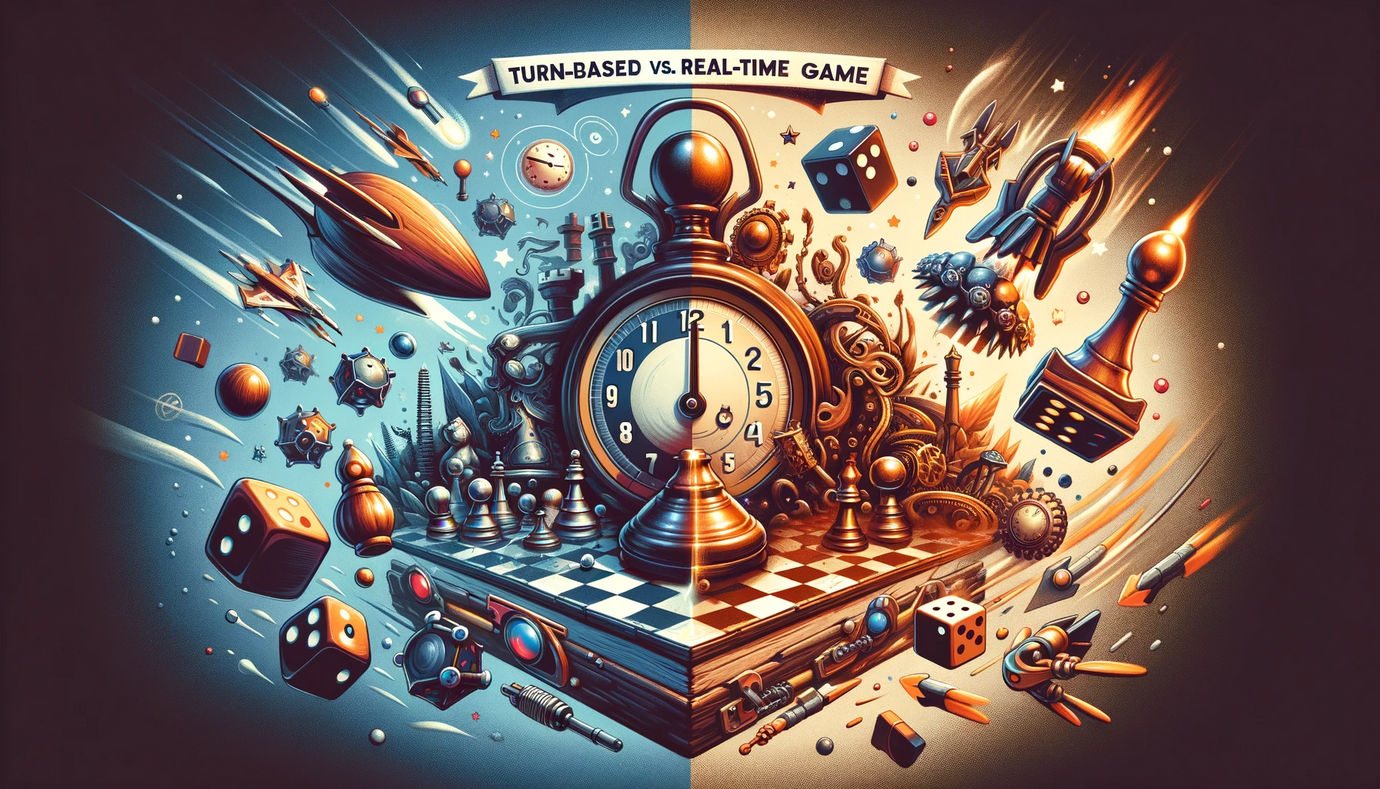Developing Game Mechanics: A Step-by-Step Guide

Introduction
Creating the mechanics of a board or card game is akin to building the engine of a car. The mechanics are the core rules and systems that drive the gameplay, determining how players interact with the game and each other. This comprehensive guide will walk you through the process of developing game mechanics, from initial conception to final refinement.
Understanding Game Mechanics
Game mechanics are the procedures and rules that guide players through the game. They define how players make decisions, interact with the game elements, and ultimately how they win or lose. Common mechanics include card drafting, dice rolling, point scoring, and resource management.
Step 1: Define Your Game's Objectives
Start by defining what players are trying to achieve. Is it to accumulate points, complete a task, or defeat opponents? Your objectives will shape your mechanics. For example, in a race game, mechanics will revolve around movement and speed, whereas a strategy game might focus on resource management and area control.
Step 2: Research and Inspiration
- Study Existing Games: Analyze games with similar themes or objectives. What mechanics do they use, and how could you innovate or improve upon them?
- Explore Different Genres: Don't limit yourself to your game's genre. Sometimes, mechanics from one genre can creatively be adapted to another.
- Read and Educate: Dive into game design literature and online resources to understand the fundamentals of game mechanics.
Step 3: Brainstorming Mechanics
- Ideation Sessions: Conduct focused brainstorming sessions where you jot down as many mechanics ideas as possible, regardless of feasibility.
- Mix and Match: Combine different mechanics to see if they create interesting dynamics. For instance, merging card drafting with a tile-placement mechanic might yield an intriguing gameplay experience.
- Think About Player Experience: Consider what kind of experience you want to create. Should it be fast-paced and competitive or strategic and thoughtful?
Step 4: Prototyping
- Create a Basic Prototype: Use simple materials like paper, markers, and tokens to build a rough version of your game.
- Implement Core Mechanics: Focus on the key mechanics first. This prototype will help you test and refine these basic elements before adding more complexity.
Step 5: Playtesting and Iteration
- Initial Playtesting: Test the game with a small group. Observe how the mechanics work in practice.
- Feedback and Iteration: Gather feedback and make adjustments. This might mean tweaking, adding, or even removing mechanics.
- Repeat the Process: Playtesting and iteration is a cycle. Continue refining your game through multiple rounds of testing.
Step 6: Balancing the Mechanics
- Ensure Fairness: All players should feel they have a fair chance of winning. Adjust mechanics that give undue advantage to certain players or strategies.
- Pacing and Length: Mechanics should contribute to an appropriate game pace and length. Avoid mechanics that cause the game to drag or end too abruptly.
- Complexity vs. Accessibility: Balance complexity with accessibility. Mechanics should be challenging but not so complex that they're difficult to learn or enjoy.
Step 7: Integrating Theme and Mechanics
Ensure that your mechanics align with your game's theme. The theme should inform and enhance the mechanics, creating a cohesive experience. For example, in a detective-themed game, mechanics involving clues and deduction would be more immersive than random dice rolls determining the outcome.
Step 8: Finalizing the Mechanics
- Refinement: Polish your mechanics until they are smooth and cohesive.
- Documentation: Clearly document your game's mechanics. This will be crucial for creating your rulebook later.
- Final Playtesting: Conduct extensive playtesting with a wider audience to ensure the mechanics are solid and enjoyable.
Developing game mechanics is a process of creativity, testing, and refinement. It requires a balance of innovation and practicality, ensuring that the mechanics are not only exciting and unique but also functional and enjoyable. By following these steps, you can create a solid foundation for your game, one that will engage and delight players for years to come. Remember, great mechanics are the heart of any memorable board or card game.








